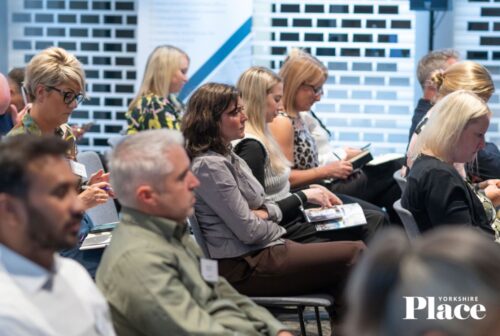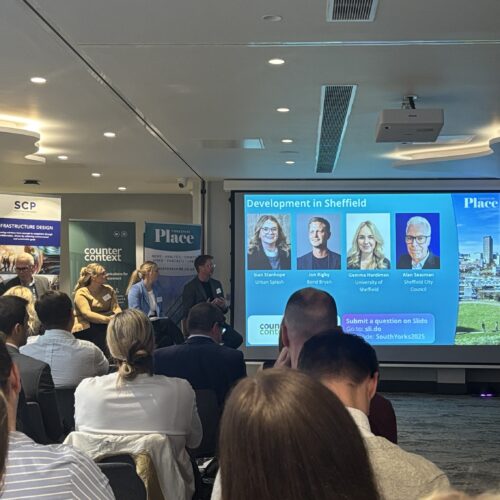Sheffield’s potential is huge – but it must be people-first

As Sheffield sets out ambitious plans for regeneration and housing, the real challenge is making sure those plans serve the communities that make the city what it is.
If you ask my friends and family, they’ll tell you I’m always singing Sheffield’s praises. After six years of living here, I’ve fallen in love with the people, the culture and its independent nature. I’m never shy about shouting from the rooftops about how brilliant this place is. Ironically, that’s something Sheffield itself hasn’t always been great at – self-promotion has never quite been its strong suit.
Place Yorkshire’s first South Yorkshire event aimed to change that. With Centric & Capital opening the conference, it’s clear that Sheffield is turning its attention to regenerating the city and improving its housing offer, while keeping people and social impact at the centre of development across South Yorkshire.
The city’s Growth Plan aims to deliver 38,000 homes by 2039, with 20,000 of those in the city centre. The panel – featuring Kate Martin, executive director at Sheffield City Council; Alan Seasman, head of regeneration at Sheffield City Council; Gemma Hardiman from the University of Sheffield; and Jon Rigby, director at Bond Bryan – all emphasised that this growth plan is not about development for development’s sake. The projects outlined by the panel members were rooted in community and wellbeing, a sentiment that truly reflects Sheffield’s welcoming nature.
Yet while the city’s ambitions are clear, they’re not without controversy. Recent protests against Sheffield’s Local Plan have highlighted growing public concern over the decision to build thousands of homes on greenbelt land. In late June, hundreds of residents marched through Chapeltown and Grenoside, calling on the council to reconsider plans that would see over 3,500 homes, schools and business space built on protected green spaces.
This tension is especially striking in a city like Sheffield, where green space is abundant but affordable housing is not. With around seven trees for every resident, Sheffield is often celebrated as one of the greenest cities in Europe. Yet for every seven people on the council housing waiting list, there is just one available home. It’s a contrast that lays bare the challenge: how do we protect what makes Sheffield special, while making space for the people who need it most?
It is in cities like Sheffield where community-led engagement is key. Understanding the local need in a city as diverse as this – which must balance the demands of a large student population, rising homelessness and growing families – can genuinely improve people’s lives and strengthen their sense of place. When development is shaped by those who live in the area, it becomes more than just housing; it becomes part of the community.
From its independent spirit to its green spaces and strong communities, Sheffield has so much to offer. But to truly thrive, it needs development that reflects its values and meets the needs of its people. Whether it’s tackling the housing shortage or supporting new ways into homeownership, the future of Sheffield should be shaped by those who love it – and I’m proud to be one of them.

